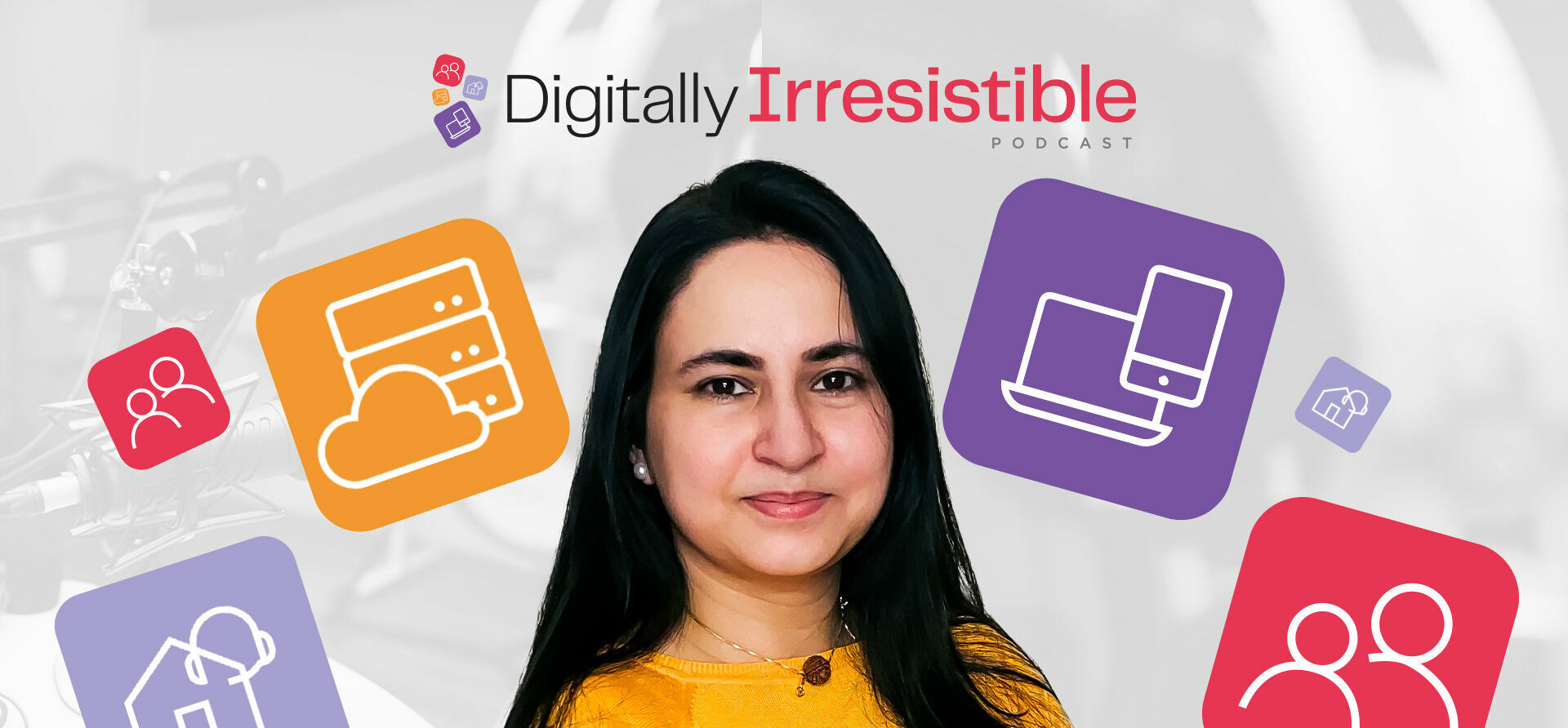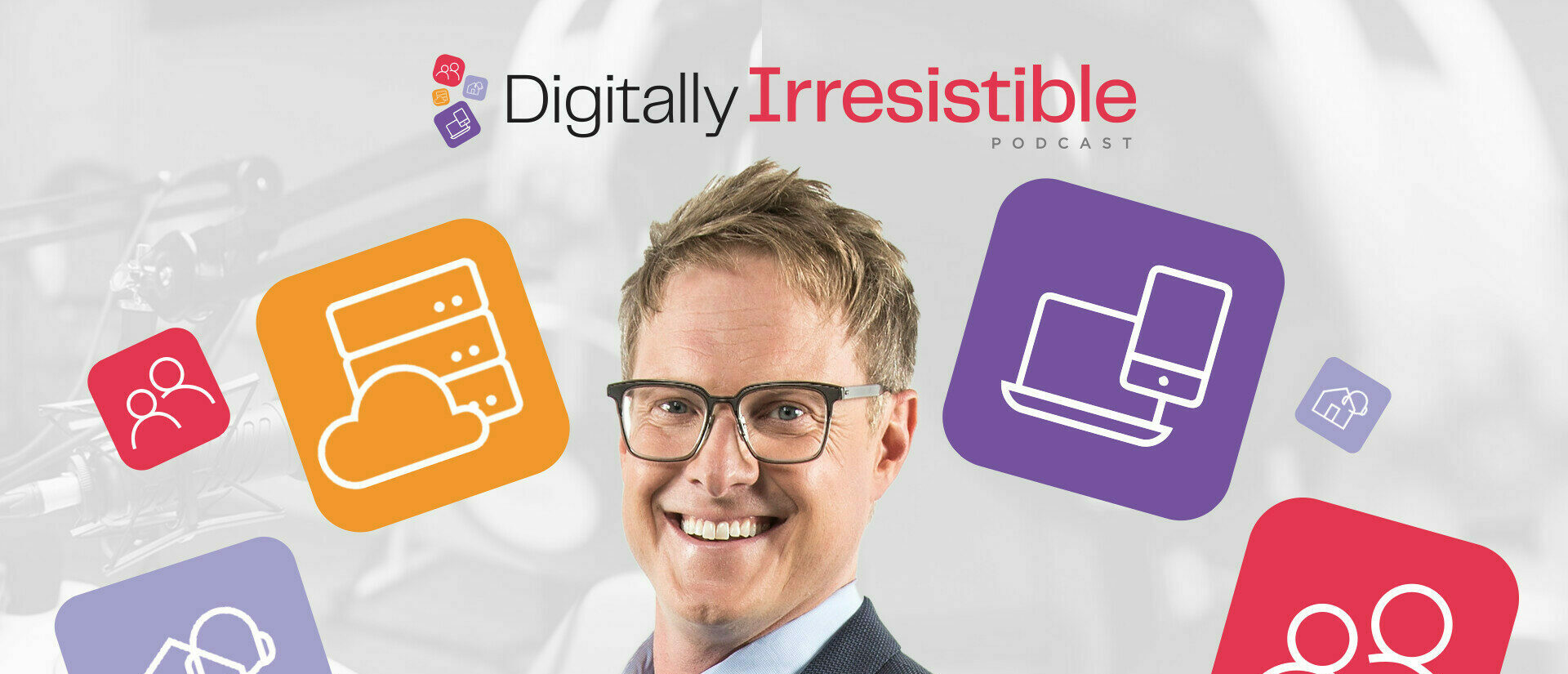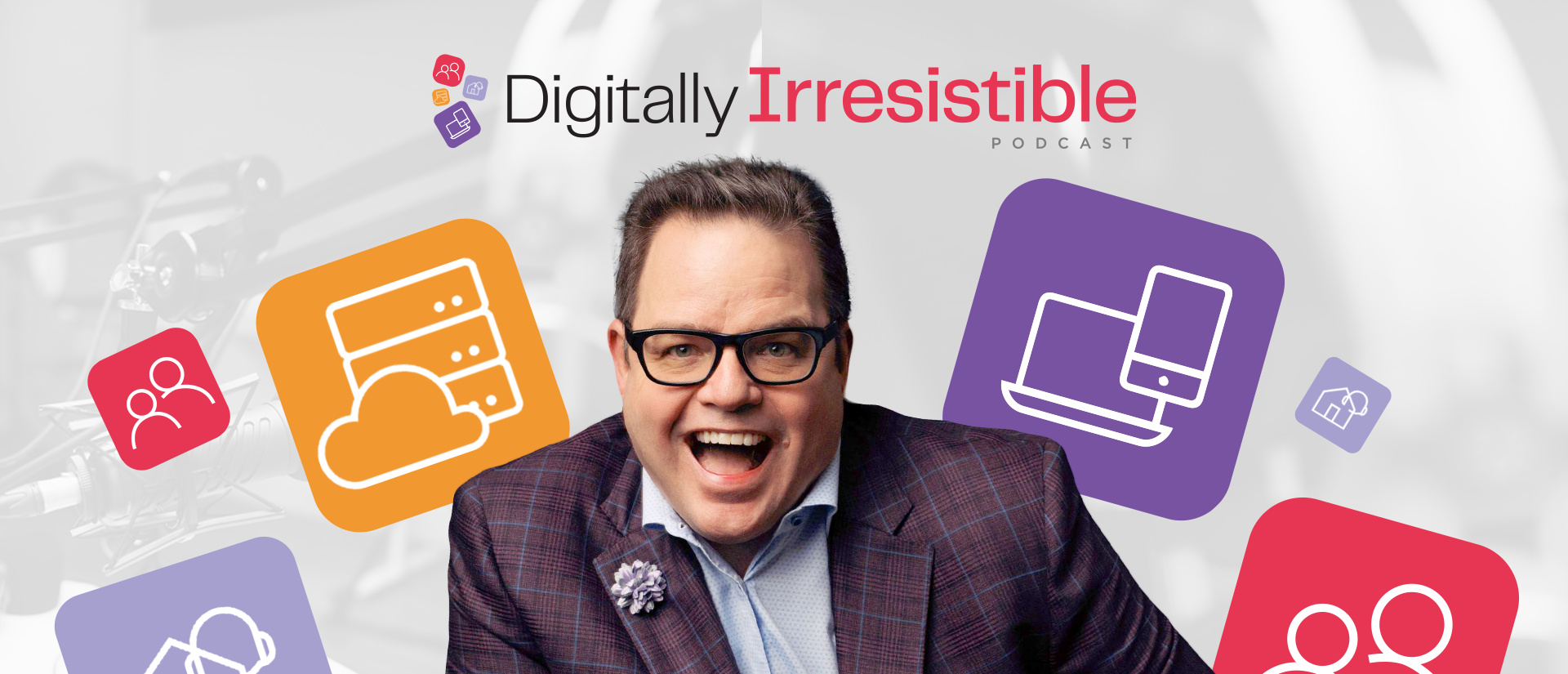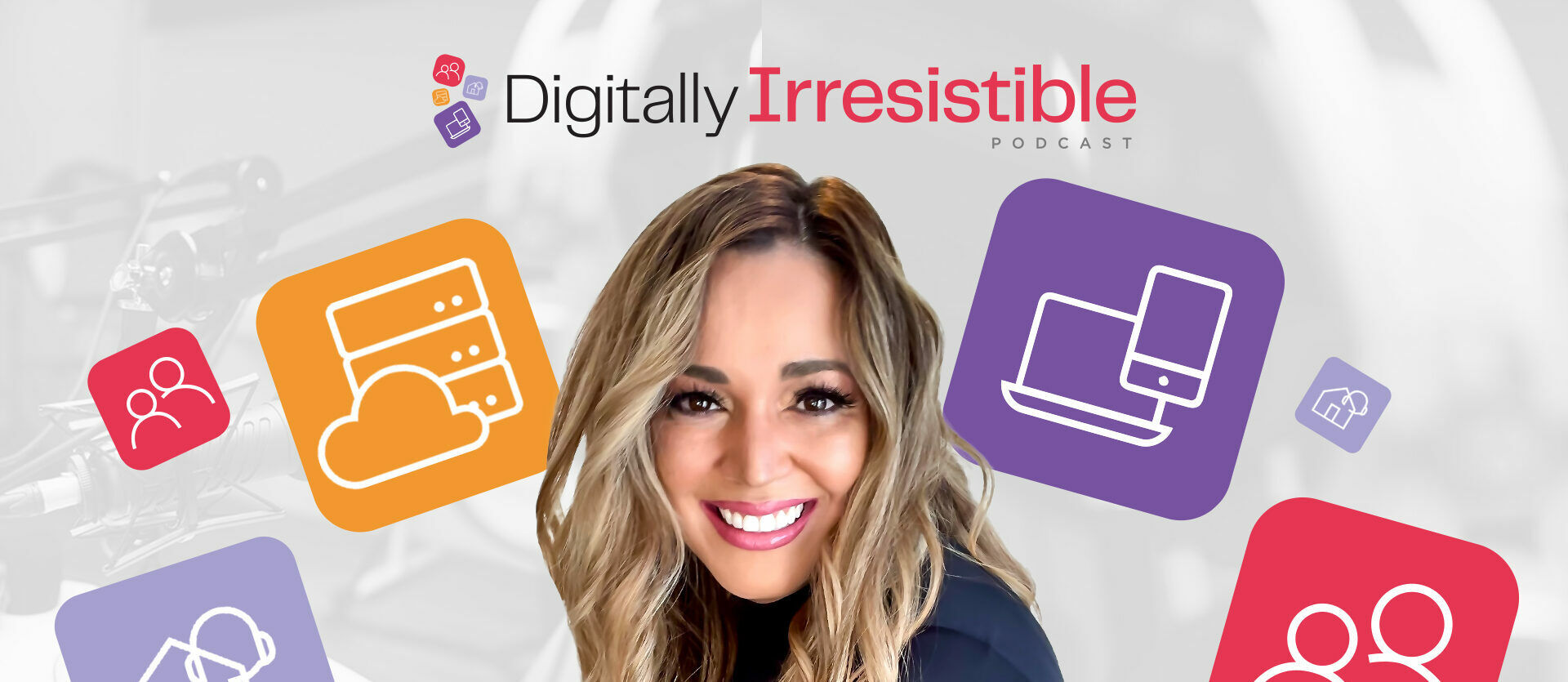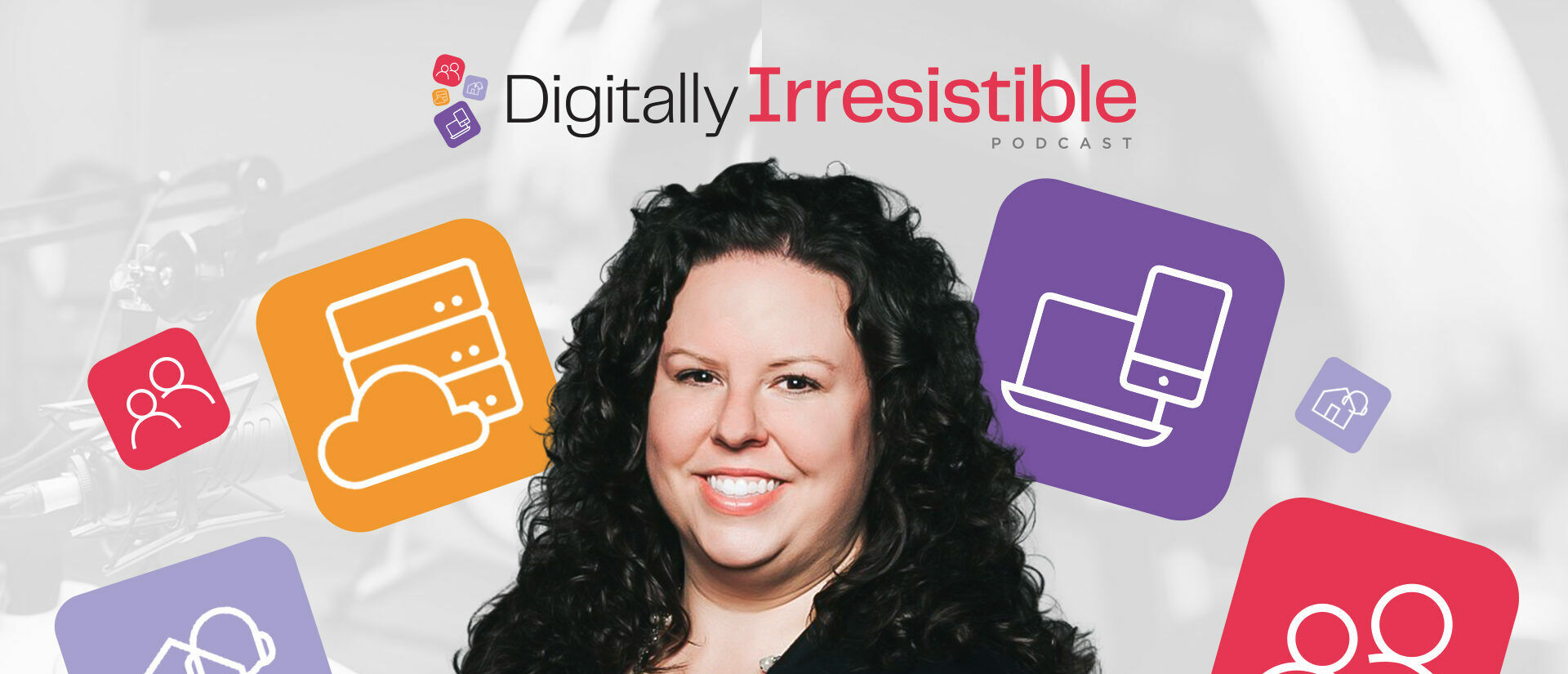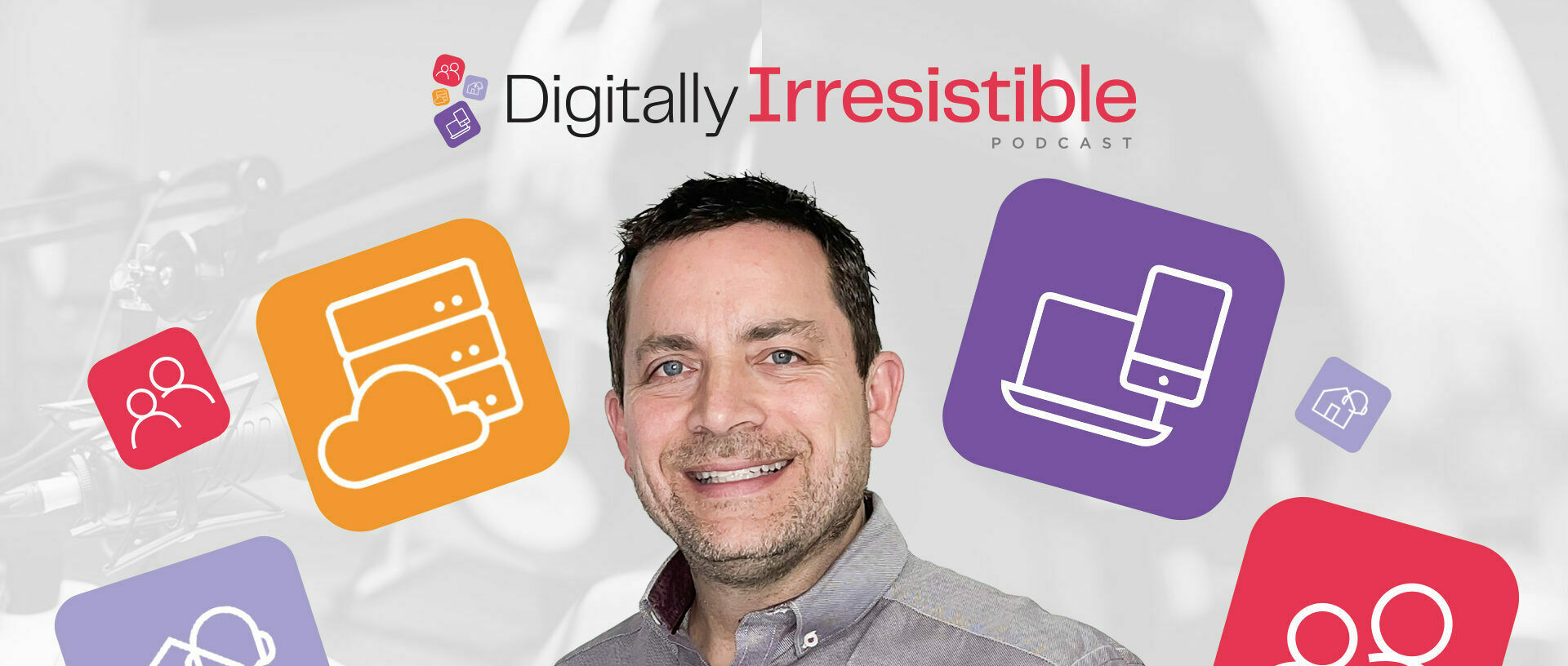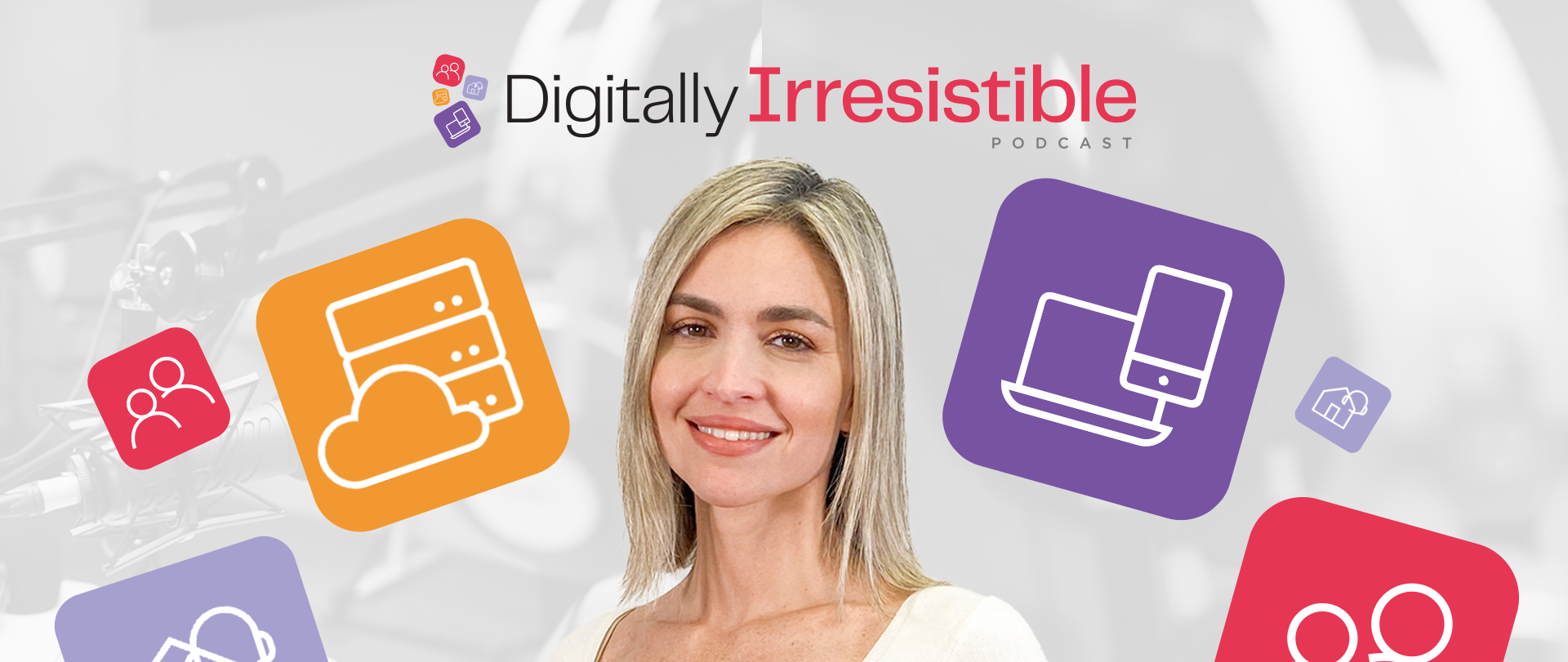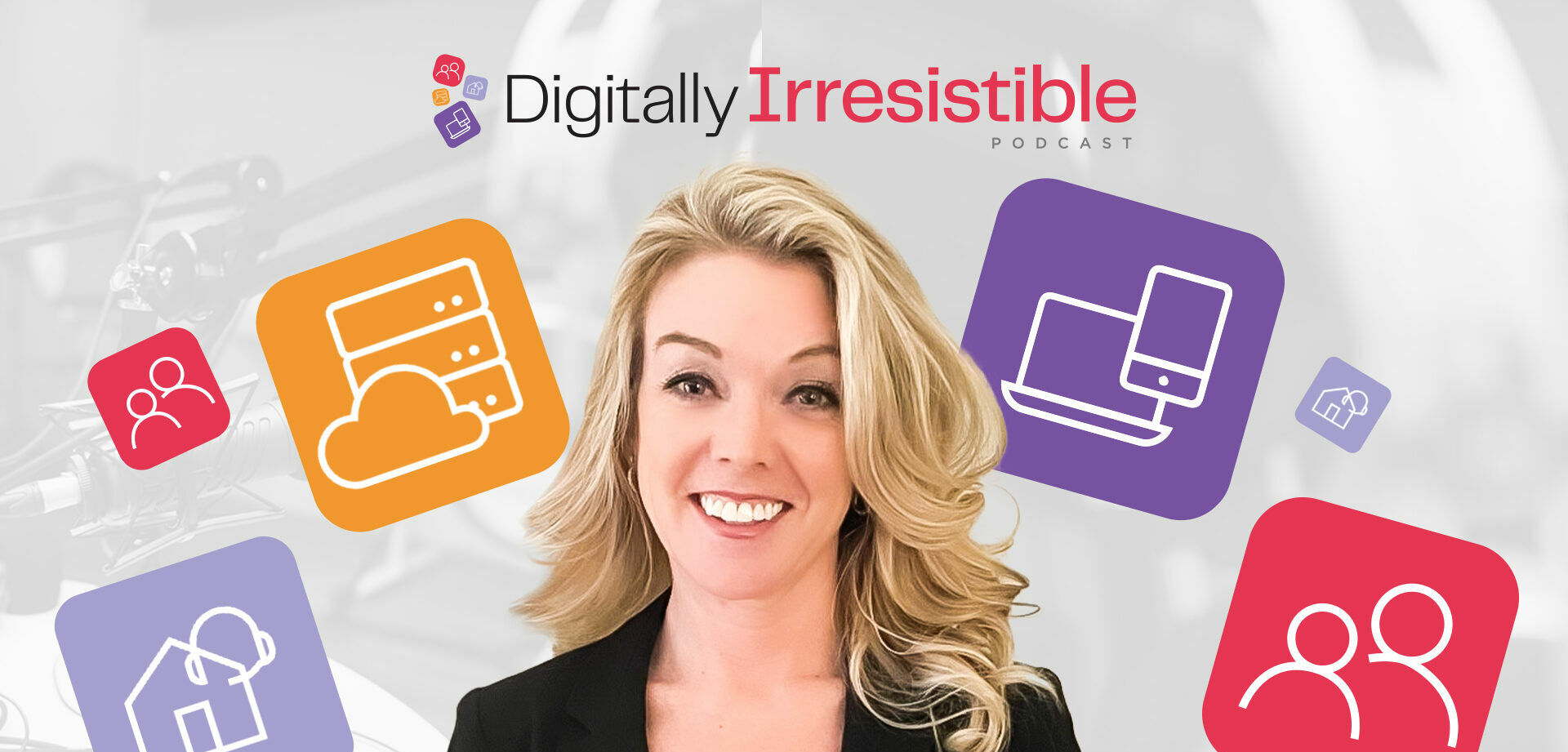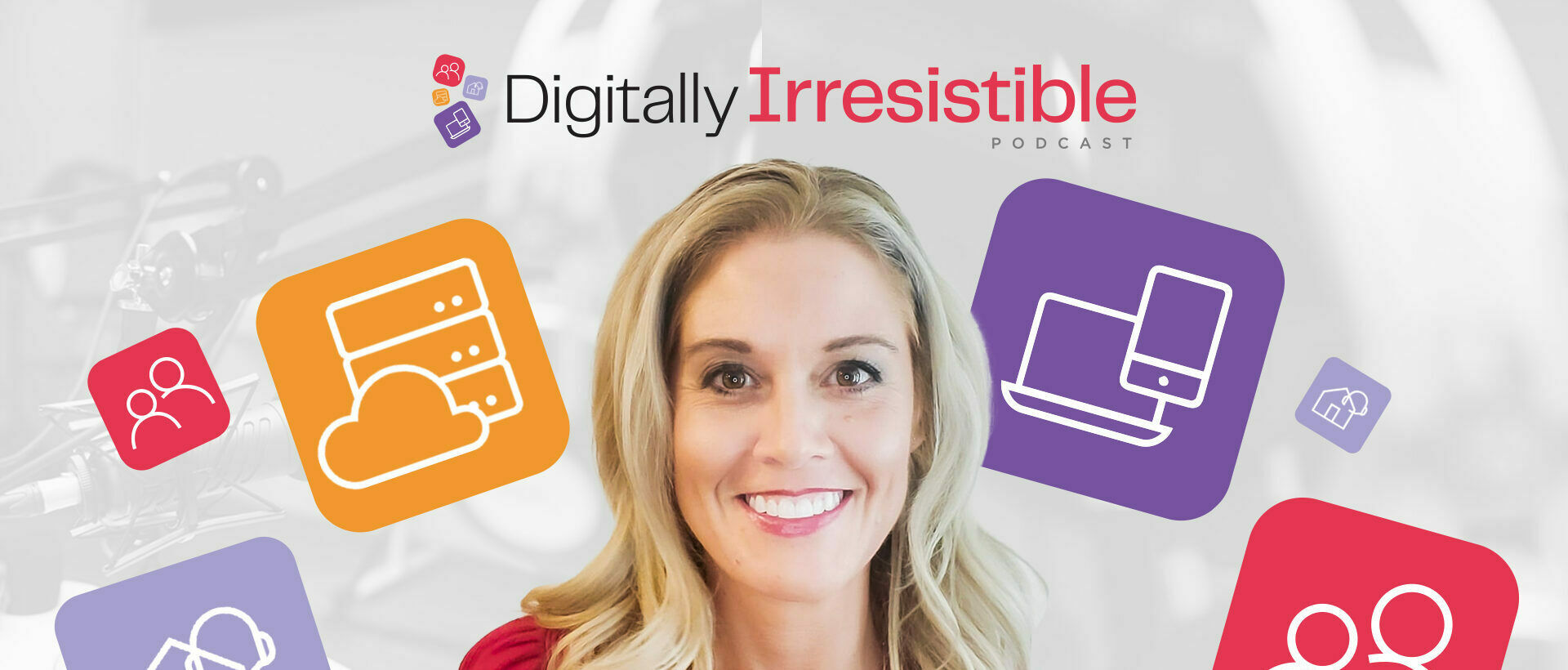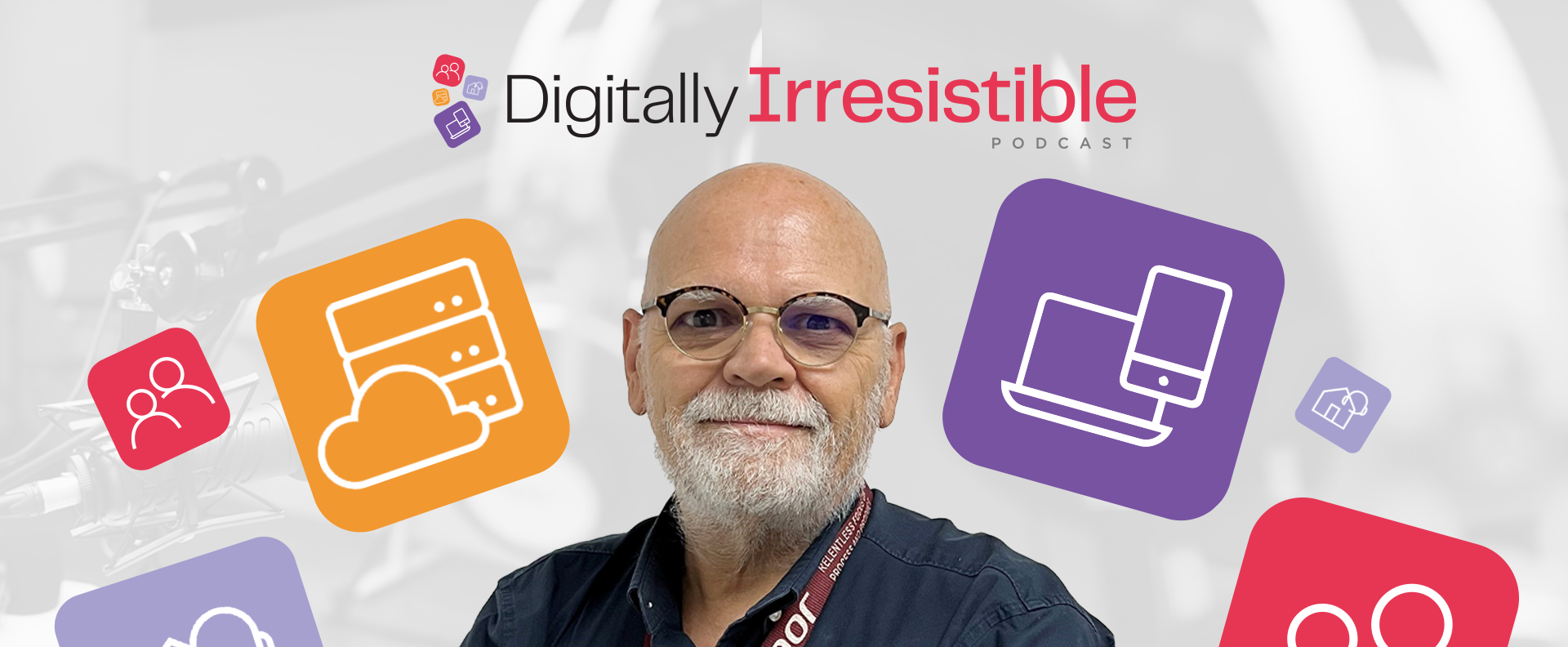Data-Driven Current and Future State Assessments Optimize Customer Care Programs
This week’s guest is Bhawna Singh, director of Internal Solutioning at iQor. Bhawna is an expert at studying structured and unstructured data to understand what it means in relation to particular problems that need solving. Through business intelligence reporting and applied CX analytics, her work informs better and faster decision-making to optimize performance and create a great customer experience. In this episode, Bhawna unpacks the method by which she and her team conduct current state assessments in order to arrive at future state potential within iQor client customer care programs.
Two Decades of Solutioning in Project Management
Bhawna began her career working for a financial services organization, focusing on project management and process improvement. She progressed through different roles before earning her Project Management Professional (PMP) certification in 2011 followed by her Lean Six Sigma Black Belt certification while working for an IT global services firm. She also completed extensive training for CMMI services, ultimately helping her organization earn a Level 5 maturity certification. In 2016, Bhawna joined iQor and helped form iQor’s financial shared services center in India.
She subsequently moved to the Data Science and Analytics team in 2019 and is now the director of Internal Solutioning at iQor. Today, Bhawna focuses most of her time on current state assessment projects. She looks for opportunities to improve outcomes for iQor clients and integrate the human experience with digital technology through any combination of process improvement, digitalization, and automation. ![]()
Bhawna leads the team that performs current state assessments for iQor clients, analyzing processes, data, human interactions, technology, and workflows to identify opportunities to improve results. This involves myriad activities ranging from interaction analytics and listening to call recordings to collaborating with operations and data scientists. The process can also entail analyzing the client’s interactive voice response (IVR) to improve efficiency throughout the customer journey.
Current State vs. Future State Assessments
Current state assessment involves conducting an in-depth study of a business process, end to end. Bhawna leverages her Lean Six Sigma training to ask the right questions and distill information into a picture of the current state process based on interviews, work observations, and data collection and analysis. These inputs include data points from the customer journey (e.g., channel options and customer satisfaction), the agent view (e.g., training and coaching), and the management lens (e.g., workforce management and compliance).
By mapping workflows as they occur and analyzing each step of the process along with all of the data involved, Bhawna and her team develop recommendations to improve any inefficiencies that they identify.
For future state assessments, on the other hand, Bhawna and her team identify recommendations for how they suggest the customer service program operate in a future state. They map the current state assessment against process change digitalization and automation opportunities. Future state recommendations cover a wide range of possibilities.
For end customers, process changes can include omnichannel routing and support as well as self-service, for example. The use of interaction analytics and natural language processing allows for an improved understanding of customer engagement. For customer service agents, recommendations can include the use of robotic process automation, unified desktop, and knowledge foundations. For management, the optimizations can offer real-time analytics and proactive alerting, concurrency modeling, and AI coaching. Finally, for brands, future state assessments can guide the voice of the customer, social media engagement policies, and other optimizations to drive customer satisfaction and boost customer loyalty.
Implementation Best Practices
When developing current state and future state assessments, Bhawna follows a few best practices to promote success.
- Solve one problem at a time.
- Fail small—establish a baseline, control risk, and look at the numbers.
- Include results, solicit feedback, and celebrate improvements.
- Move forward with purpose and direction; evaluate changes against the overall strategy.
Asking Questions to Find the Right Answers
Bhawna and her team draw on their collective experience and background at iQor to ask questions that support their data analysis in the current state of client care programs. These insights inform future state potential to optimize programs or improve results for our clients. iQor’s work with hundreds of clients allows us to share industry best practices and leverage a combination of in-house and best-in-class partner services and solutions. The end goal is to create a great customer experience throughout the customer journey.
The 3 Layers of Current State Assessments
Current state assessments can be divided into three layers, each delving deeper into processes than the previous layer.
- Assess the Business Model. In this first layer, the solutioning team looks closely at the business model and the aggregate data.
- Identify Processes and Procedures. Here, the solutioning team looks in-depth at processes and procedures. They look at the practical methods for completing the program work and they collect and analyze the raw data. They unearth everything related to the processes using as many data inputs as needed.
- Analyze the Data. In the final layer, the solutioning team begins mapping the process by analyzing the data collected as well as the interactions across all levels. They identify low-hanging fruit that needs more analysis and proceed accordingly.
Sources for Current State Data
Current state assessments include an analysis of at least six months of institutional data and performance data.
Institutional data covers total employee headcount, the number of supervisors, and the ratios of management to supervisors and supervisors to agents, along with all other staffing-related information.
Performance data provides actionable insight into performance targets provided by the client and how well the customer service teams are performing against those targets. This includes analyzing data on the agents’ performance, productivity, quality assurance, turnover, and other performance measures.
The Role of Speech Analytics
The Internal Solution team harnesses iQor’s speech analytics tool known as VALDI. This CX technology is proprietary to iQor and makes the current assessment process more efficient and effective. VALDI enables the solutioning team to process 100% of all our calls. It simplifies the process of filtering down the specific calls the team wants to target for insights.
For example, the solutioning team can search for calls with a negative net promoter score (NPS) or search for a specific call reason such as plan rate questions. They can search for calls with high levels of non-talk time or even a combination of all three queries. This flexibility saves significant assessment time and allows the team to focus on areas of opportunity. It also provides vast amounts of data and trends which Bhawna and her team use to create business cases for solutions such as RPA, intelligent agent assistance, script revisions, or customer self-service handling. By leveraging speech analytics, they are able to develop informed recommendations to improve the customer experience.
Developing Future State Assessments and Recommendations
Once the solutioning team has thoroughly defined, analyzed, and mapped the current state data and processes, they have insights they can use to develop future state analyses to inform recommendations that can result in improvements to the client care program under review. This can include automating certain manual processes to improve efficiency and looking for opportunities to digitize and modernize systems, enhancing the customer experience through digital transformation. These improvements range from modifying scripts to introducing CX technology to optimize performance and increase customer satisfaction.
The team accesses an extensive knowledge base of experience to share industry best practices with clients and partners and present comprehensive recommendations to leadership for future state improvements to business processes.
Examples of Current and Future State in Action
To see how current and future state assessments work in practice for clients, Bhawna shared two examples of how she and her team analyzed current state processes and made recommendations to improve them, while also introducing technology components to improve or optimize performance as well as increase customer engagement. Throughout the process, iQor’s proprietary speech analytics tool provides insights to help inform current state assessments and help determine opportunities for future state improvements and optimizations that support customer success.
In her first example, Bhawna and her team performed current and future state assessments for a retail client that offers customer surveys via email. The survey results were previously sent to a specialist who had to manually scrape the data from the surveys, drop them into an Excel file, review the comments, and categorize the issues as process-driven or customer-service-driven.
Bhawna’s team recommended the use of RPA to automate the entire first part of this data collection process so the specialist didn’t have to perform it manually. With RPA in place, iQor’s text analysis tool could process customer feedback and automatically categorize it while also providing theme and sentiment analysis. Now, the specialist can focus on analyzing the output and identifying what actions need to take place to help the customer. Bhawna’s team is also working with this client to offer the NPS survey as a simple SMS text instead of an email in order to increase participation rates.
In another example, Bhawna and her team provided disclosure optimization for the same retail client. When a customer accepts a credit card offer, certain disclosures need to be provided to the customer. Previously, the agent would ask the customer to stay on the line and, together, they would listen to a 1–3-minute recording of the disclosure statements.
Bhawna and her team brought this to the attention of the client and recommended a simple pre-recorded disclosure queue that the agent could transfer the customer to. This would free the customer service agent to help the next customer and would enable the team to gather full reporting on the disclosure transfers and listening volumes that could be shared with the client. The next phase of this future state assessment includes collaborating with the client to consider offering the disclosure via a text link to further optimize convenience and efficiency for the end customer.
Using Current and Future State Assessments to Optimize Recruiting
In addition to optimizing client accounts, current and future state assessments can also be used internally to optimize recruiting processes, for example. With the goal of standardizing global recruiting processes enterprise-wide, Bhawna and her team mapped the recruiting processes in different locations to inform recommendations, including opportunities for automation and digitalization.
The future state recommendations to optimize recruiting processes are still in development, but the goal is to increase recruiting capabilities and speed to support client programs without adding additional recruiters.
What Bhawna Does for Fun
In her free time, Bhawna enjoys reading, practicing yoga, and traveling.
